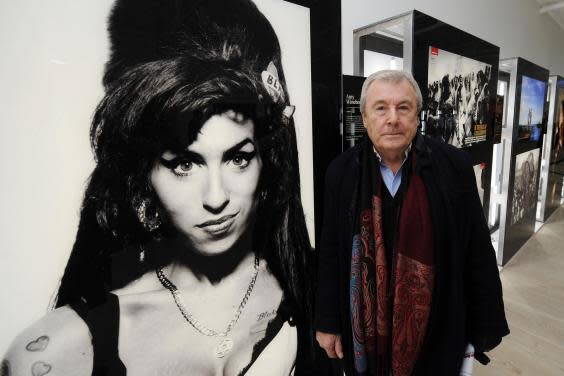Terry O’Neill death: Photographer who worked with The Beatles and Rolling Stones dies aged 81

Terry O’Neill, the photographer who chronicled the people and events of the swinging Sixties, has died aged 81.
O’Neill had been diagnosed with prostate cancer and was last seen in October at Buckingham Palace receiving a CBE for services to photography. The honour was presented to him by Prince William, the Duke of Cambridge.
A spokeswoman for Iconic Images said: “It is with a heavy heart that Iconic Images announces the passing of Terence ‘Terry’ O’Neill, CBE.
“Terry was a class act, quick-witted and filled with charm. Anyone who was lucky enough to know or work with him can attest to his generosity and modesty.
“As one of the most iconic photographers of the last 60 years, his legendary pictures will forever remain imprinted in our memories as well as in our hearts and minds.”
O’Neill photographed some of the world’s most legendary stars and public figures, from Audrey Hepburn to David Bowie, Elton John, Winston Churchill and Frank Sinatra.
He also shot members of the Royal Family, including the Queen. Among his most recent works was an image of Amy Winehouse at the height of her fame in 2008.

It was Bowie whom O’Neill described as his “creative muse”, and whose ever-shifting artistry he captured over two decades – from Ziggy Stardust to the Thin White Duke.
O’Neill referred to the late artist as “charming and warm” in a recent interview with The Guardian.
“I treated David like a Shakespearean actor, as you never knew who was going to show up,” he said “He could look alien-like or female-like; it was always so exciting as everything he did was so unpredictable.”
He claimed that when he first arrived on the cultural scene of the Sixties, the media was not interested in capturing the flourishing arts movement taking place.
After being asked to photograph a “little band” called The Beatles at Abbey Road, he found work with the Rolling Stones.
“I could go out and create my own world,” he said. “There was no other time like it.”
Read more
The 30 greatest album covers of all time
First look at Johnny Flynn as a young David Bowie in Stardust

 Yahoo News
Yahoo News 
